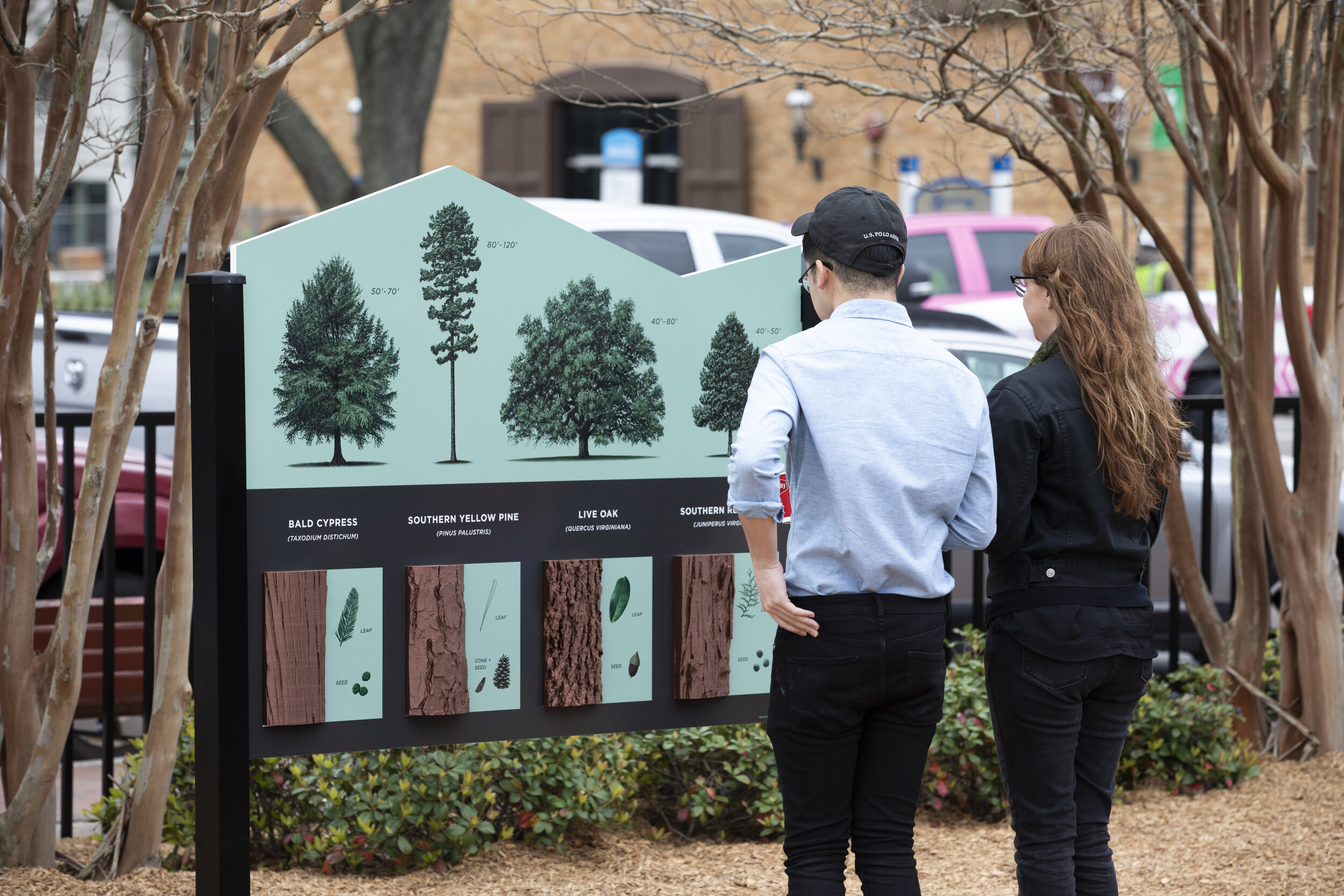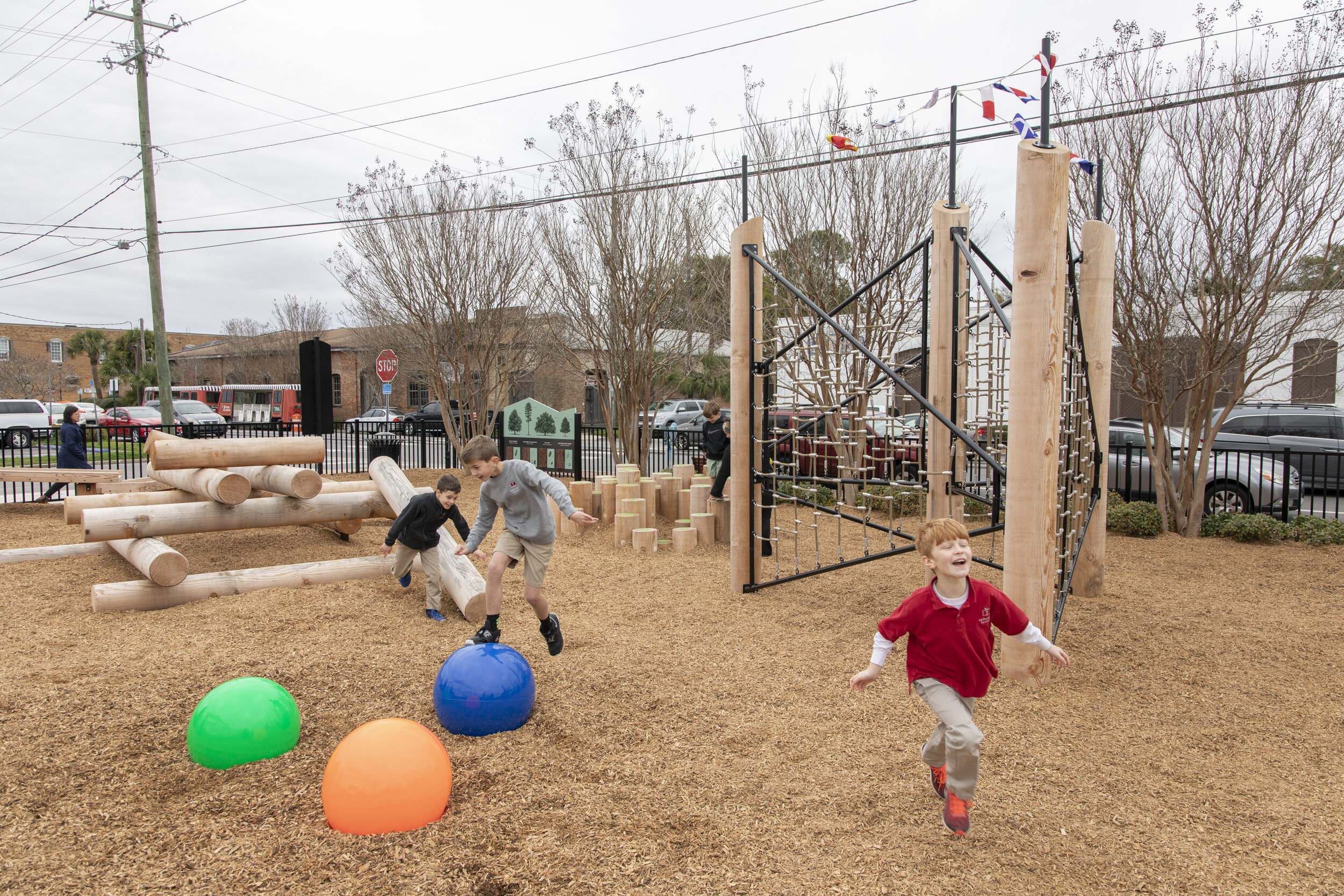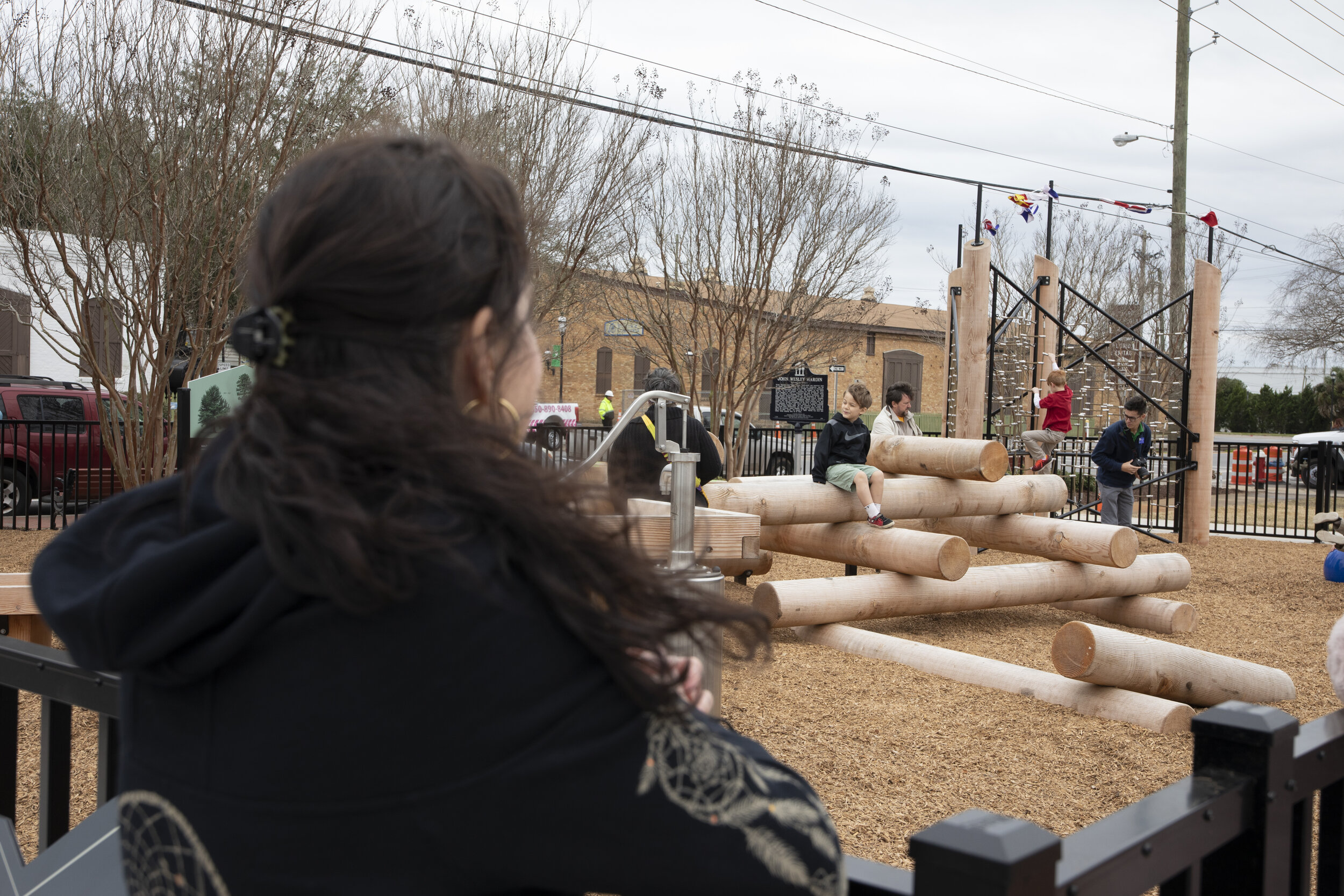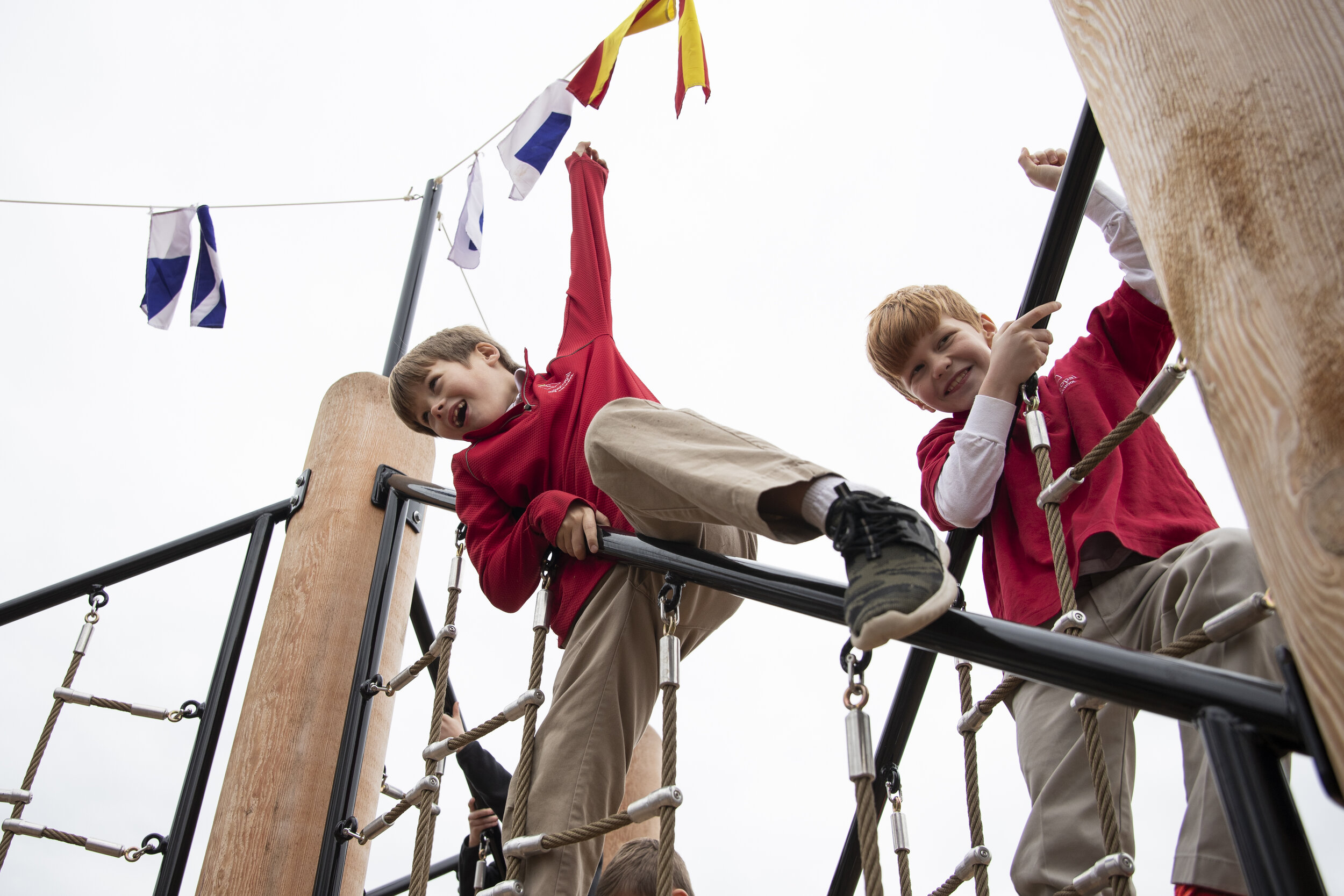Telling a Community’s Story
Written by Frederick Halback, PLA, FASLA. Halback is the founder and senior principal of the firm. Elected as a fellow by the American Society of Landscape Architects for Built Projects, Fred’s work has received dozens of design awards, including two environmental design awards presented by the First Lady in White House ceremonies.
Telling a community’s story is often about creating places and landscapes that are authentic historic or contemporary interpretations for each unique place. Often the results can be compelling images of change that balances today’s needs with the rich history and culture of the past. At it’s most successful it tells a memorable and imaginative story that enriches the users experience. These experiences compel us to engage in the surroundings. These stories make us want to come back often to the place. They become that ‘snapshot’ or ‘Instagram’ post that we share with our friends and family. Our recent work for the University of West Florida Historic Trust’s Museum Plaza in downtown Pensacola and Market Square Park in downtown High Springs are great illustrations of creative community storytelling.
Keys to creative storytelling
Listen – become partners with your community’s constituents, share and experience their aspirations.
Interpret – engage in thoughtful, in-depth, and meaningful research and analysis. Thoroughly understand their story.
Create – be innovative in sculpting the place.
Share – every landscape should tell a story of authentic experiences.
Telling Pensacola’s Story
The culmination of the University of West Florida Historic Trust’s Museum Plaza has been a 5-year process to reimagine and re-envision the coreof the State-Owned historic properties in downtown Pensacola. The site is at the heart of the original Spanish and British forts that once protected the ‘City of Five Flags.’ With nearly five centuries of discovery, industry, and archaeology, there are many layers of history and levels to the story to be told.
The new Museum Plaza transforms the connectivity and educational gathering areas of the UWF Historic Trust. Where three parking lots once sat, the new multi-purpose, cultural activity plaza serves as a central connection point between the T.T. Wentworth Jr. Florida State Museum, Pensacola Children’s Museum, Voices of Pensacola multicultural center and the Historic Pensacola Village, while doubling as an outdoor classroom that helps the public better understand the historic landscape.
The motivation for the project initially was focused on the UWF Historic Trust properties, but with the assistance of the landscape architecture and planning expertise of Marquis Latimer + Halback, Inc. the possibilities and impact for downtown were broadened.
“The notion of the plaza was to create an urban green space downtown that better ties the eastern part of the historic properties we manage to the Palafox business district, with better lighting, better walkways and to make it more pleasant to look at”
“The notion of the plaza was to create an urban green space downtown that better ties the eastern part of the historic properties we manage to the Palafox business district, with better lighting, better walkways and to make it more pleasant to look at,” said Rob Overton, executive director for the UWF Historic Trust. “We determined that it could really be a focal point for downtown if we liven it up and tied the two parts of the city together.”
The February 2019 grand opening unveiled multiple venues providing places for learning, engagement, and community events throughout the 1.6 acre site. These include:
The Commanding Officers’ Compound, an outdoor exhibit that colorfully displays the bands of Spanish, British, and American wall foundations that cross the space;
The Rose Garden Storytelling Circle, was inspired in its placement by historic plans of the fort and features a “theatre in the round” for first-person historic reenactors;
The Linda Evans Memorial Education Pavilion, which includes a covered stage and outdoor classroom seating steps; and
Discovery Square, which blends stories of industry in northwest Florida, from fishing to lumber, into an interactive early learning playground. The playground’s design features unique equipment with colorful letters and numbers, encouraging children to explore and learn while playing.
Given the 450+ years of history on the site for both military and civilian purposes, the archaeology is an invaluable and irreplaceable resource for today’s research and tomorrow’s future discovery. The design team was presented with a challenging mission: implementing a series of vertical structures, such as lights and an educational stage, while keeping a majority of the impacts within the first 11”, which was deemed to be the depth before impacting the Colonial era by a team of archaeologists from the University of West Florida.
The support of the community was integral to the process, including financial support from a range of donors to implement the vision.
The project recently received a 2019 Outstanding Achievement Award for Infill Projects from the Florida Trust for Historic Preservation.






